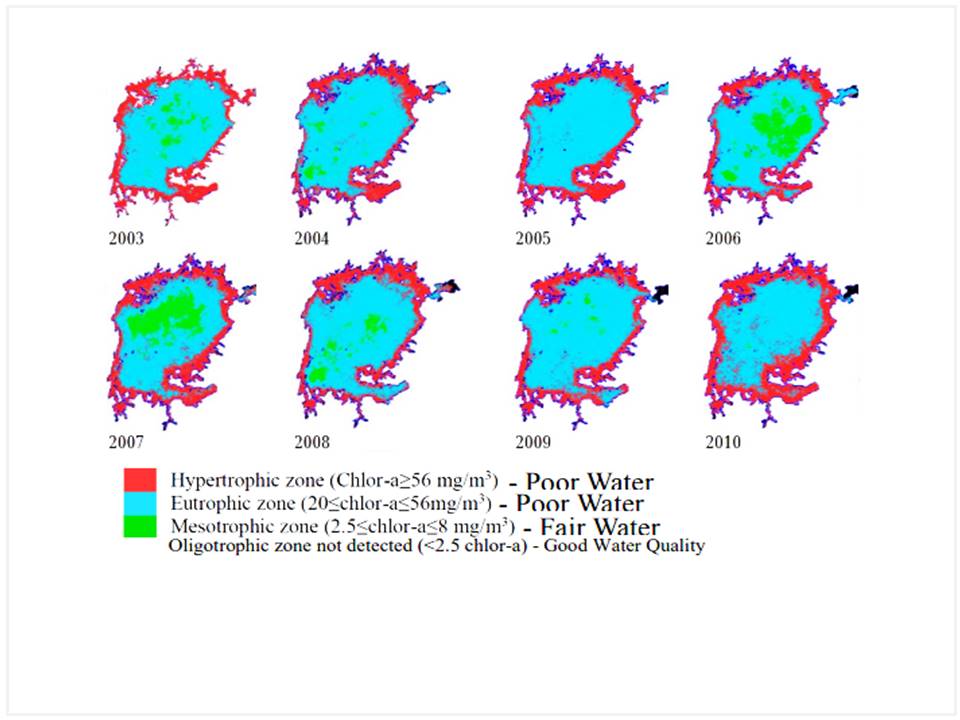Title
Some of the Causes of the Historical Decline and the Resurgence of Haplochromine Cichlids in Lake Victoria: A Review
Authors
Javan Ominde Ogola
Department of fisheries and Aquatic sciences, University of Eldoret, Main Campus, Eldoret, 1125-30100, Kenya.
*Corresponding author E-mail address: javanominde@gmail.com
Article History
Publication details: Received: 13th September 2021; Revised: 26th October 2021; Accepted: 27th October 2021; Published: 30th November 2021
Cite this article
Javan Ominde Ogola. Some of the Causes of the Historical Decline and the Resurgence of Haplochromine Cichlids in Lake Victoria: A Review. Green Rep., 2021, 2(6), 32-40.

Abstract
Lake Victoria has been known for its species richness with over 500 species of haplochromine cichlids being reported. This however changed with the irruption of an introduced alien species Lates niloticus that saw to the near decimation of close to half of these endemic species. The introduction of the Nile perch led to this decline and even extinction due to its high predatory pressure on the relatively small sized haplochromines. Intense predation pressure on the detritivorous and pytoplantivorous haplochromine cichlids accelerated a phytoplankton boom and eutrophication that increased turbidity thus reducing light penetration and increasing deep water anoxia, contributing further to the decline of the haplochromine cichlids. Eutrophication which is also responsible for the declining fish stocks through fish mortalities was exacerbated by increased deforestation, cultivation, and influx of nutrients through runoff from farms that increased algal blooms decimating dissolved oxygen in deep waters. Other causes leading to the decline of the haplochromine cichlids include, but not limited to, introduction of Nile tilapia (Oreochromis niloticus), development of commercial fishery, venture into agriculture and global warming. A fishery that was once dominated by hundreds of species is now dominated by only three: Rastrineobola argentea, a native pelagic cyprinoid fish commonly known as omena or dagaa; the introduced Nile perch (Lates niloticus); and the Nile tilapia (Oreochromis niloticus). In recent years, in the continued deterioration of the lake’s limnological conditions, there has been a resurgence of some of the declined haplochromine cichlid stocks. These resurging cichlids have different or additional morphological features that have allowed them to flourish in existence of the Nile perch and poor water quality conditions. This renewal is owed to certain factors including: the Nile perch fishery which has gravely reduced the dominating Nile perch populations thereby reducing predation pressure, the intense implementation of management practices after the decline of the cichlids, ecological equilibrium, and development of aquaculture and adaptive response of the haplochromines to predation, eutrophication, deep water anoxia, and dietary shift.
Keywords
Nile perch; eutrophication; phytoplankton